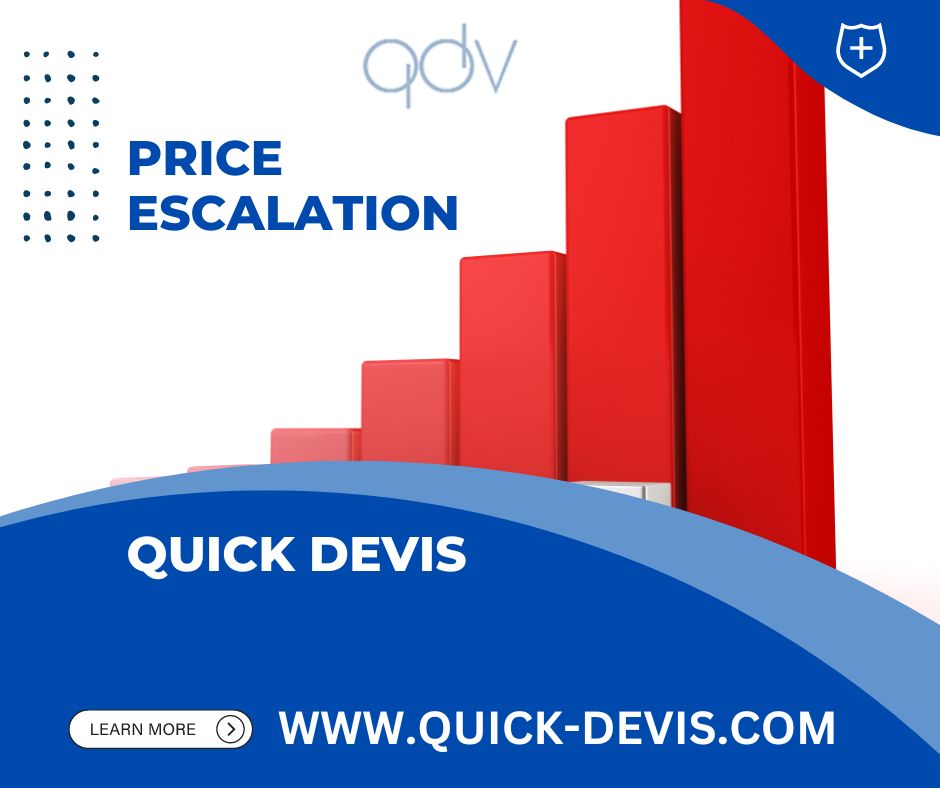Nobody anticipated the effects that the Covid-19 pandemic would have. Price increases in construction projects have been added to the ever-growing list of unexpected consequences.
When a product is exported to an international market, prices rise as a result of the inclusion of export-related costs like tariffs, higher distribution costs, and so on. This phenomenon is referred to as price escalation. Input costs for construction projects increased by 26.1%[1] between April 2020 and April 2021. Bid prices increased by only 5.2%[2] during the same time period. In other words, prices are rising for contractors and buyers, but contractors bear the brunt of the price increases, accounting for approximately 21% of the total.
Reasons For Price Escalation
Exporting Costs
It is the additional cost incurred as a result of transferring goods from one country to another. Internationally, shipping costs, insurance, parking fees, tariffs, longer distribution channels, higher middleman margins, special taxes, administrative costs, and exchange rate fluctuations all raise final prices.
The sum of cost factors in the distribution channels that add up to a higher final cost for a product in a foreign market is also referred to as price escalation.
Taxation and Administrative Expenses
A tariff is a tax or duty one country imposes on another country’s imported goods or services. These costs result in higher prices, which are typically passed on to the product buyer.
What Can Contractors Do Protect?
What can contractors and owners do to safeguard themselves in this unpredictably volatile price escalation? Force majeure clauses were the only choice. These clauses, however, typically only give contractors more time to finish a construction project if an unavoidable event occurs.
How To Overcome the Price Escalation?
What else is there to do if a force majeure clause isn’t the answer? The solution is the same for owners and contractors: Demand the inclusion of a price escalation clause when negotiating a new construction contract.
- A price escalation clause must establish a base price, the contract’s bid price, a ceiling price, and a floor price to be effective.
- Additionally, it should be reciprocal and contain language that safeguards both owners and contractors by lowering the baseline price in the event of cost decreases and raising it in the case of cost increases for contractors.
- Furthermore, the price escalation clause should specify that any adjustments to the baseline price, whether increases or decreases are based on an objective index, such as a consumer price index or producer price index, which the parties agree to during the contract formation phase.
Top 3 Approaches For Reducing Price Escalation
Price escalation is a significant pricing issue for international marketers. How can this issue be addressed?
There are three methods for reducing price increases:
- Lowering costs of goods and services
This could be accomplished by relocating the manufacturing plant to a less expensive location. On the other hand, reduced product quality reduces a good’s high costs. As a result, removing some features and simplifying the product can be a smart way to cut costs without jeopardizing the brand.
- Reducing Tariff
Tariffs contribute significantly to price increases. As a result, businesses must ensure that their products are classified correctly. A company may need to pay a correct tariff percentage.
- Eliminate Costly Features
Several exporters have responded to price increases by offering no-frills versions of their products. Instead of purchasing the entire bundle, customers can purchase the core product and then decide whether or not to pay extra for optional features.
Conclusion
Getting ahead of yourself and planning for price increases will ensure your business grows and your customers remain satisfied. You’ve learned why you should be concerned about price escalation, some of the common causes, and some tactics you can use to ensure you either overcome it or handle it in a way that doesn’t harm your business.
Still, if you need clarification on the difference between price escalation and product breakdown structure, don’t worry. For more information, please see our website.


Leave A Comment
You must be logged in to post a comment.